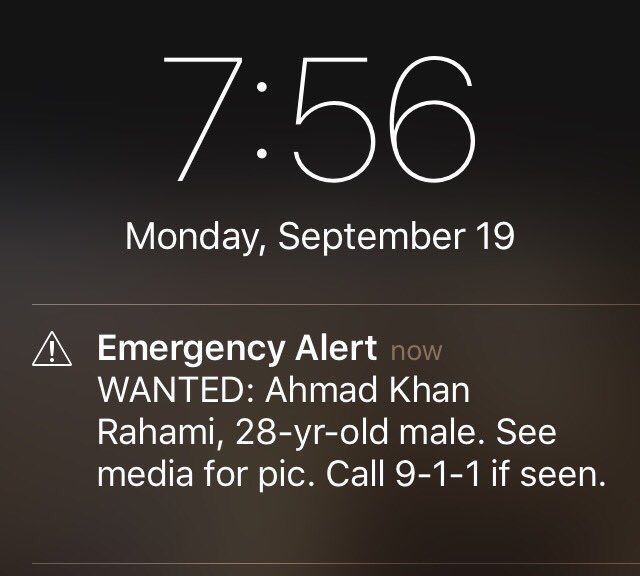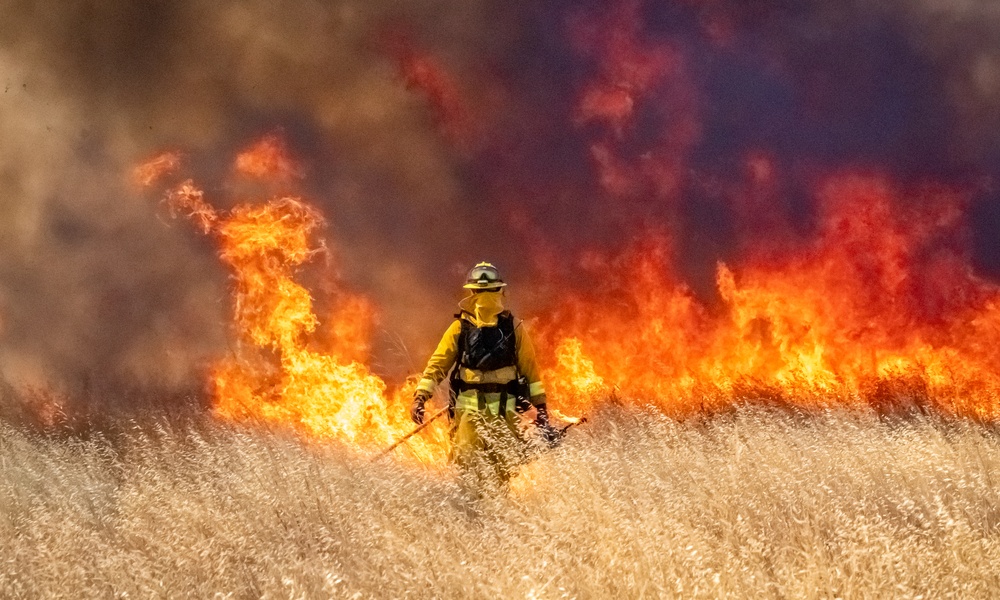Blog
NYC bombing suspect apprehended with help from mass notification

Over the weekend, two bombs were detonated and several others were discovered in multiple locations around Manhattan and northern New Jersey. Thankfully, no one was killed and all 29 of those injured have since been released from the hospital. A large-scale manhunt ensued in the hours following the NYC bombing, leading to the eventual apprehension of a suspect Monday morning. Officials in New York leveraged a number of tools in order to track down the suspected bomber, including a notification sent to all cell phones in the NYC area with the following message: (Courtesy @EricFPhillips) Within 3 hours of the message being sent out, Police in Linden, NJ were able to find and apprehend the suspect thanks to a tipster who saw the message and alerted police. NYC’s Police Commissioner James O’Neil was very please with the results of the message. “I think the alerts system is very helpful to the police department and the FBI. It gets everyone involved,” O’Neill said. “If we can get everyone in the city engaged to help us keep it safe, this is the future.” Despite the overwhelming success of the use of mass notification to find the suspect, there was some negative feedback as well. The alert was sent via WEA (Wireless Emergency Alert system), which is the mode typically used to communicate Amber Alerts and other critical notifications when danger is imminent. WEA sends specialized notifications to all phones connected to a cell tower located within NYC–but one of the limitations of WEA is that there is a 90 character limit to the message. Numerous recipients complained about receiving the message when they weren’t geographically near the area where the manhunt was taking place, since the alert targeted a cell phone tower in a specific location rather than the cell phones within a certain radius. In addition, the message did not provide much clarity on the identity of the bomber, and still forced people to seek alternative information for a photo. In contrast, in New Jersey, local public safety departments used their own systems (Everbridge Nixle) to deliver more targeted and contextual notifications. According to Linden, NJ Mayor Derek Armstead, “We have something called Nixle. We had gotten alerts over our phones as to who the individual was prior to him being involved or engaged with our officers in town. So we knew who he was and we were on the lookout for him and I think that contributed a tremendous amount. When Officer [Angel] Padilla first approached the individual, he knew right off who he was dealing with.” So despite some minor criticism of the WEA alert, it seems the use of mass notification to alert citizens in emergency situations is still the future of alerting. NYC Mayor Bill de Blasio agrees, stating the use of mass notification “had an extraordinary effect.” Everbridge’s Mass Notification platform provides a robust, reliable channel for communication during emergency situations. Best of all, the platform allows senders to select only contacts in a particular geographic region to receive messages, so there’s no need to worry about sending alerts to those outside of the affected area. Learn more about Everbridge’s Mass Notification platform here. Read more about the use of mass notification during the NYC bombing here.


